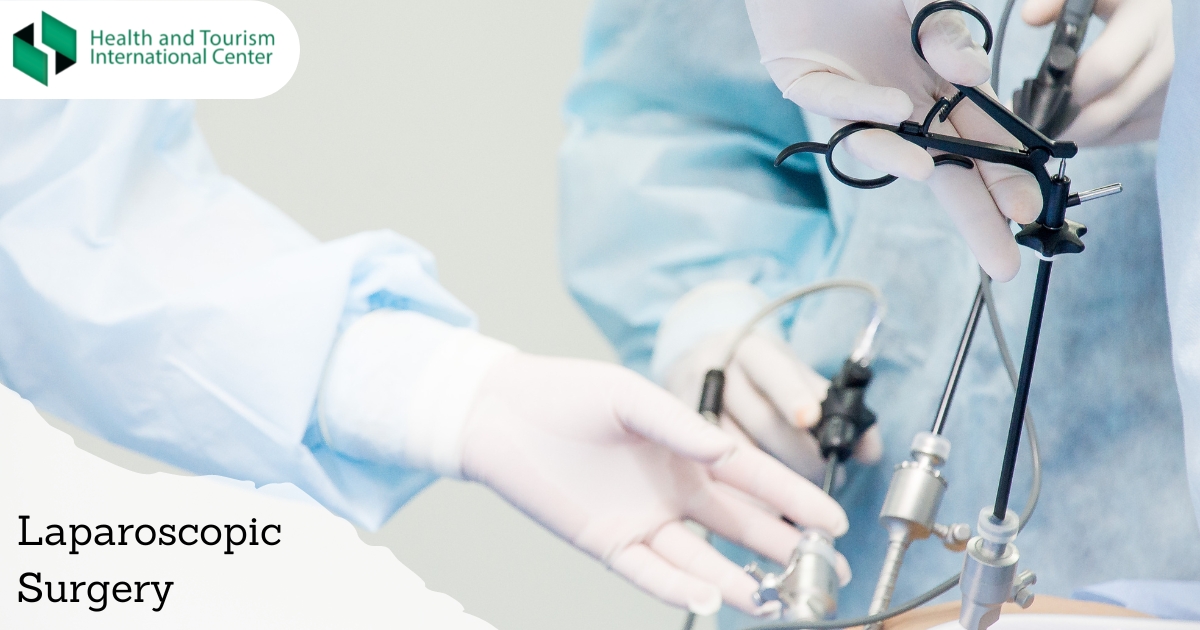What is laparoscopic surgery?
Laparoscopic surgery is a minimally invasive surgical technique.
It uses the aid of a laparoscope — a thin, telescopic rod with a camera at the end — to see inside your body without opening it all the way up. Instead of the abdominal surgery, laparoscopic surgery uses two to four small incisions of half an inch or less.
Laparoscopy, a mini-invasive technique, is considered the gold standard of surgical treatment, because it is less traumatic, therefore, the rehabilitation process is fast - the patient does not need special care, bed rest or restriction of physical activity.
Stitches (depending on the size) are also easily absorbed, and this is especially important for diabetics.
Wound suppuration after laparoscopic surgery is very rare, the risk is minimal.
What are the advantages of this procedure?
- Less trauma to the abdominal wall.
- Less blood loss.
- Reduced risk of hemorrhage.
- Smaller scars.
- Reduced risk of wound infection.
- Shorter hospital stay.
- Faster recovery time and return to activities.
- Less wound pain during healing.
- Less pain medication necessary.
It is quite possible to go home on the same day after the operation or you will have to spend only 1 night in the clinic - the rate of postoperative delay in the hospital depends on the specific clinical case, that is, the corresponding operation and the reaction of the body.
Source:
https://my.clevelandclinic.org/health/treatments/22552-laparoscopic-surgery

